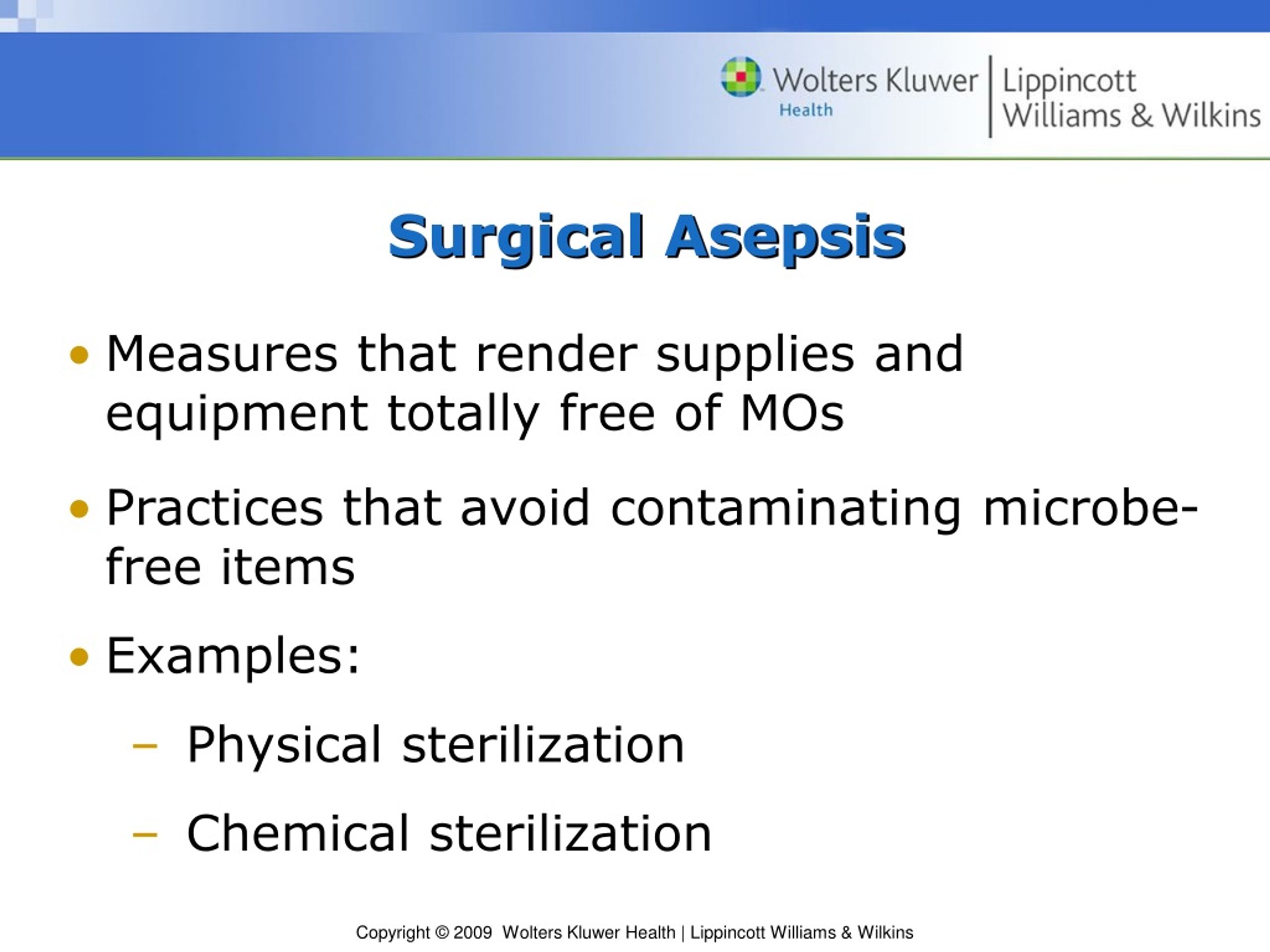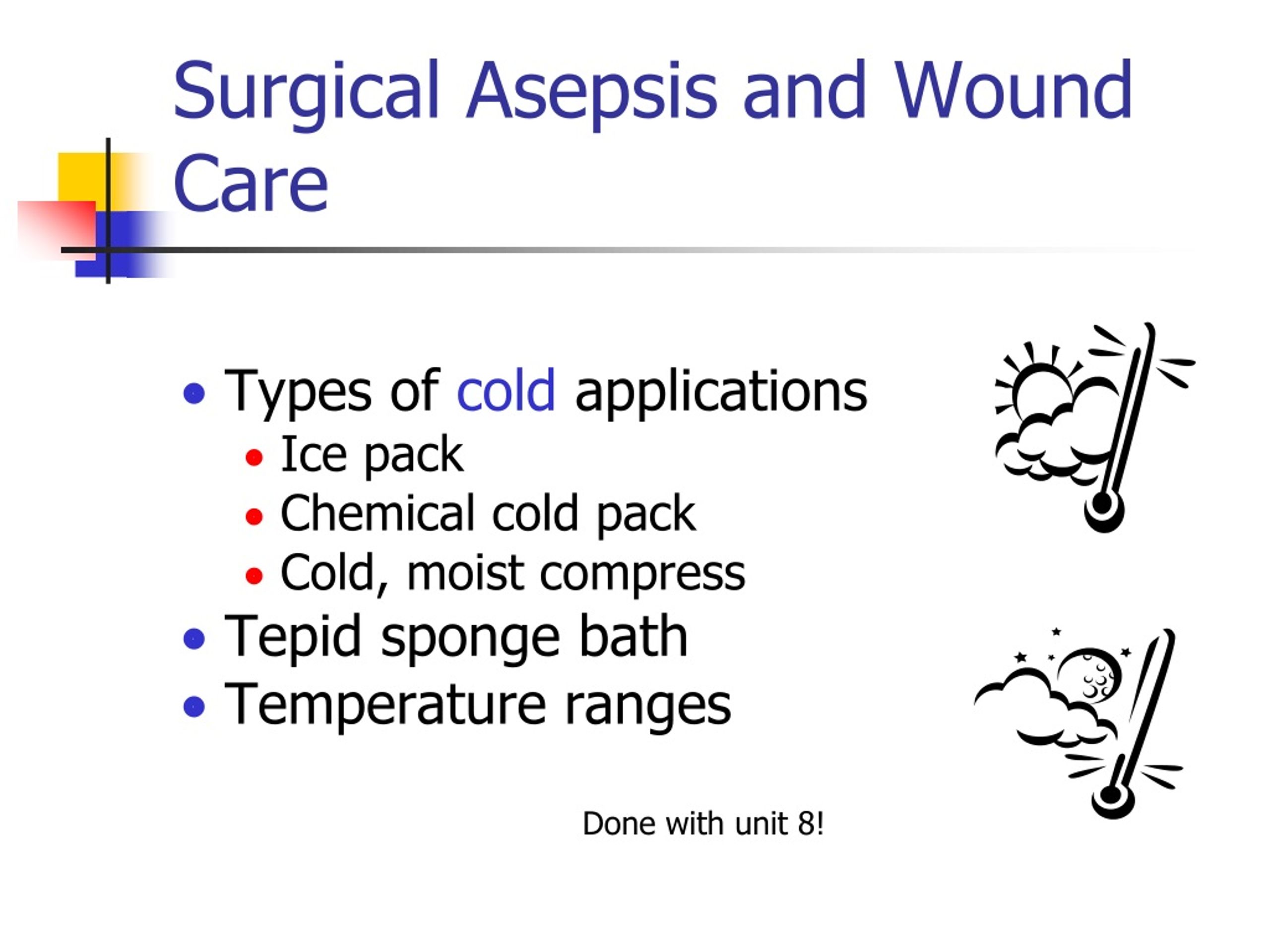

Upon cleaning she should clean the least soiled areas first and then the more soiled ones. She should not sake linens for the reason that dust and lint particles serves as a vehicle by which organisms may be transported from one area to another. When cleaning a nurse should avoid raising dust, and instead use a dampened cloth. Because this helps prevent contaminated particles from setting on the hair, face and uniform. The nurse should always move equipment away their body when brushing, dusting, or scrubbing particles. Provide them with disposable tissues, and instruct them, as indicated, to cover the patient’s mouth and nose when close contact is necessary, such as during examination. She should avoid having patients cough, sneeze, or breathe directly on others. Wrap items that are moist from body discharge in waterproof containers such as plastic bags, before discarding into the refuse holder so that handlers will not come into contact with them.


She should dispose soiled or used items directly into appropriate containers. When she is stooping or bending, she should not allow her uniform to touch the floor, which is disgustingly contaminated. Carry soiled linens or other used articles so that they do not touch the uniform. She/he should keep soiled items and equipment from touching the clothing. A nurse should always wash her hands frequently but especially before handling foods, before eating, after using a handkerchief, after going to the toilet, and before and after each patient contact. The following are specific measure that incorporates in medical asepsis and every nurse should adapt these as her role in the implementation of the standard type of asepsis. The use of individually wrapped drinking straws for drinking and, the use of tongs to lift food from common service trays in cafeterias, the use of sterilized combs and brushes in barber and beauty shops Nearly every nursing activity includes practices of medical asepsis. We have common practices of medical asepsis in public facilities like, the use of paper towels in rest rooms it is important, to observe toilet manners in aseptic way, the examination of food handlers for evidence of disease and the enforcement of frequent hand washing by food handlers because some of the pathogenic microorganisms came from the feces of a human being especially for those who are handlers of raw and cooked foods some microbes are easily acquired by human through ingestion. Objects like a drinking glass, a comb, or a syringe and needle could be cleaned apparently or not disinfected or sterilized, and no one except the person responsible would know. Failure to be exact and meticulous cannot be detected in many instances. One of the most important aspects of surgical and medical asepsis is that the effectiveness of both depends on the faithfulness and the conscientiousness of those carrying them out. In observing medical asepsis, areas are considered contaminated if they bear, or are suspected of bearing pathogens, areas are considered contaminated if touched by any object that is not sterile. Surgical asepsis is used extensively in operating and delivery rooms by nurses and other health personnel have to protect the patient from microorganisms. A sterile forceps is used to handle sterile dressings to protect them from contamination. For example, the needle used for an injection is handled in asepsis so that it is sterile when inserted into a patient. Surgical asepsis involves handling objects and areas that must be kept sterile. In this case, isolation techniques, which are forms of medical asepsis, are used to prevent further spread of the organisms.

You can find out more – Aseptic techniques For example, laboratory analysis indicates that a burn has become infected with Staphylococcus aureus. Occasionally, a specific pathogen is known to be present. For example, public drinking cups are unsanitary because pathogens may be present on the cup after being used by someone who is possibly harboring pathogens.


 0 kommentar(er)
0 kommentar(er)
